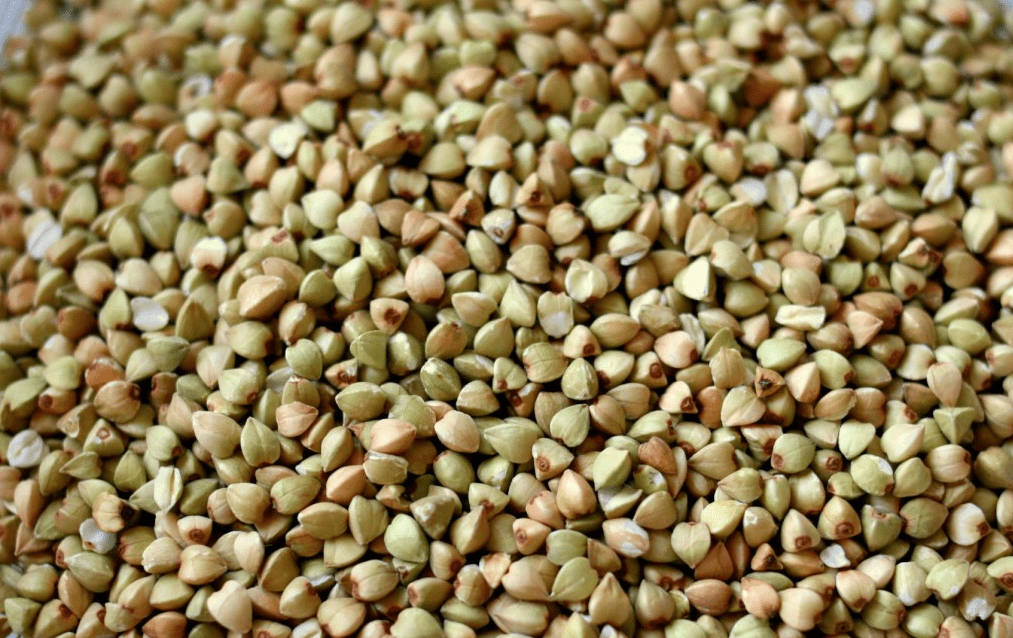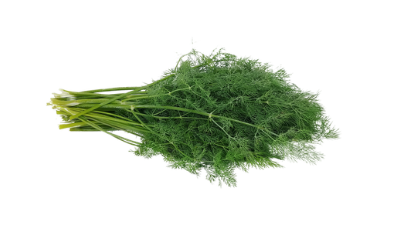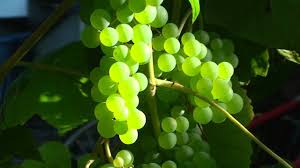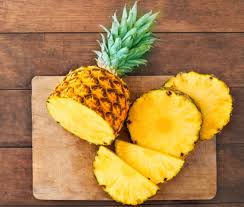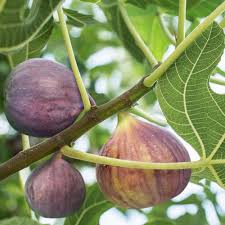I have a confession to share with you. My relationship with buckwheat has undergone a transformation – a journey from skepticism to fascination. For years, I held an anti-buckwheat stance, an aversion that stemmed from my Polish grandmother's insistence on serving an unappetizing dish she referred to as 'kasha.'
Fond of my grandmother as I was, I found myself detesting this 'kasha,' and my early, somewhat traumatic encounter with buckwheat, well before it became popular with the big immigration from the Soviet Union, didn't help endear it to me either.
So here's my amendment.
Contrary to the prevailing assumption (one that I myself once held), buckwheat is not a grain. Rather, it's a versatile annual plant belonging to the family of polygonaceae. The confusion arises partly because of the grain called spelt, which in Hebrew sounds similar.
Spelt bread has gained popularity in recent years, leading many to believe that it is made from buckwheat. However, there's absolutely no connection or resemblance between spelt and buckwheat. It's worth noting that buckwheat can indeed be ground into flour, and in Spain, for instance, it's referred to as 'harina de alforfón,' or 'black flour.' So the idea of a buckwheat-based bread isn't entirely far-fetched.
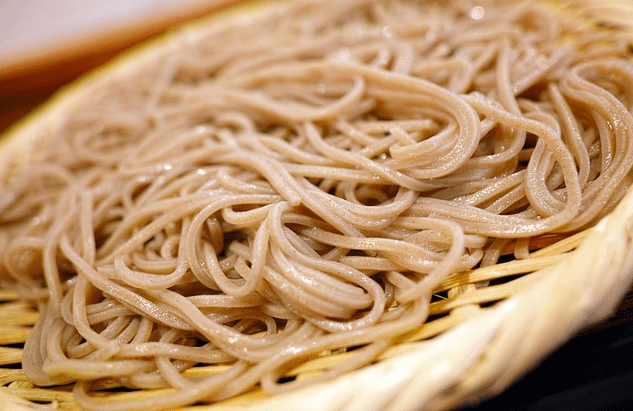
As I mentioned, buckwheat is not a grain, but rather a valuable annual plant with diverse uses. When we reach the section "Nutritional Value" section, you'll discover it outperforms any other grain you know. However, its culinary versatility closely resembles the various ways we utilize grains. In other words, buckwheat's potential in the kitchen far surpasses the limits of the Bialystok version of kasha.
Buckwheat is widely recognized and enjoyed around the globe, boasting connections to numerous exquisite culinary traditions. In Russia and Eastern Europe, they craft salty and sweet pourage as well as the blini – the famous Russian pancakes. In Brittany, France, the Galette de sarrasin, or buckwheat crepe, is a culinary delight.
Italy offers a buckwheat-based pasta named Pizzoccheri, and even Japan joins the buckwheat celebration with its soba noodles. It's not just about food; some beers are brewed with buckwheat as a grain substitute.
The culinary potential of buckwheat extends far beyond what you might have thought. So much more than just barley in a bialystok. It's a world-traveled, time-tested ingredient that has enchanted palates across centuries and continents. Its adaptability knows no bounds.
Whether you're savoring a buckwheat blini, relishing in a plate of Galette de sarrasin, twirling your fork in Pizzoccheri, or savoring a warm bowl of soba, buckwheat's allure is undeniable. And it's not just about tradition; it's about embracing the possibilities that this remarkable ingredient presents.

So, while buckwheat might not be your everyday grain, it surely earns its place as a superstar in the culinary realm. Its global presence, its role in crafting both savory and sweet dishes, and its ability to transcend cultural boundaries make it a true culinary treasure. And as you're about to find out, when we explore its nutritional value, buckwheat's allure deepens even further.
But where did buckwheat originate?
Well, its wild varieties grow in East Asia, suggesting it was domesticated thousands of years ago. As these Asian populations were invaded by peoples from the Asian steppe – such as the Scythians, Huns, Mongols, Tatars, and Turks – the buckwheat migrated towards nowadays Russia, Ukraine and Hungry, making it a part of the European diet early on.
So now we know buckwheat is not a grain, but rather a plant with incredibly valuable seeds that form the basis of numerous products. Now let's delve into its nutritional value. It's protein-rich, not just any protein but complete protein, containing all eight essential amino acids, similar to animal proteins.
This is a rarity among plant-based foods. It's also rich with minerals, vitamins, complex carbohydrates, and even a compound called inositol, which improves lactation in nursing mothers and helps the body manage conditions like diabetes.
And here's something that sets buckwheat apart from most grains – it is gluten-free. Buckwheat contains no gluten whatsoever, a boon for celiac patients and anyone looking to avoid or reduce gluten consumption.
But when discussing buckwheat, it is important to remember that much of the buckwheat on the market comes in dried form after undergoing various processing methods. The buckwheat we have at Maggie’s Garden, sourced from our organic growers, is a different kind – green buckwheat. It's organically grown, sun-dried only, and boasts higher nutritional value and superior flavor compared to the bagged buckwheat found in supermarkets.

